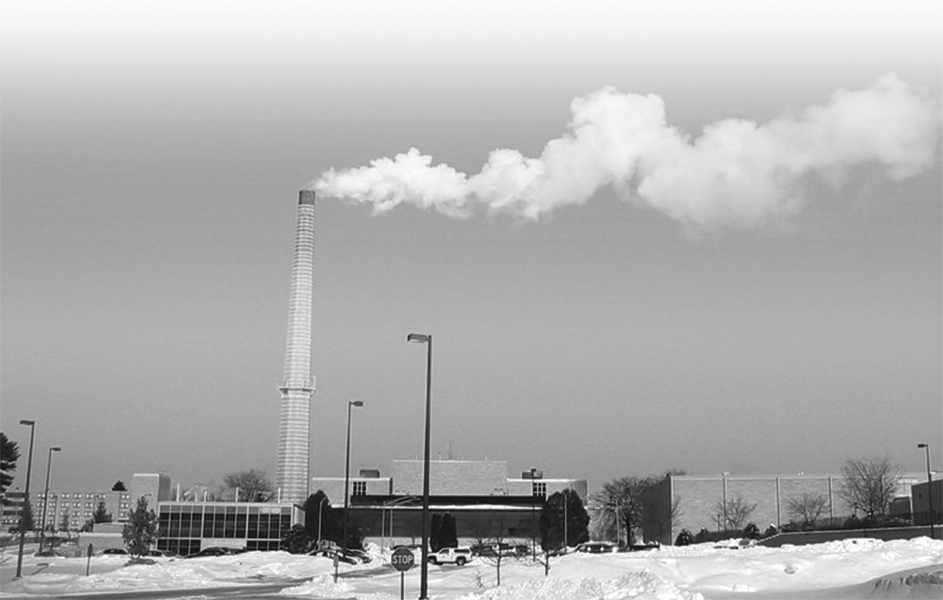Chapter Twenty
Analysis II
Chapter Outline
- Introduction
- Construction Engineering: Critical Path Method
- Environmental Engineering: Air Pollution
- Geotechnical Engineering: Katrina Floodwalls
- Structural Engineering: Deflection of Beams
- Transportation Engineering: Transportation Impact Study
- Outro
Learning Objectives
After reading this chapter, you should be able to:
- Apply the Critical Path Method.
- Estimate the ground-level concentration of a contaminant emitted by a stack.
- Calculate the forces on a levee and relate these forces to levee failure.
- Estimate the amount of deflection in a beam.
- List items that must be considered when undertaking a Transportation Impact Study.
Introduction
In Chapter 9, we presented the analysis process and provided examples of how it is used in the subdisciplines of civil and environmental engineering. In the intervening chapters, we have presented many considerations that are necessary in “real-world” analyses. In this chapter, we provide you with five analysis applications that take into account the additional considerations we have presented in Chapters 11 through 19.

Construction Engineering: Critical Path Method
The managing of construction projects requires several analysis tasks. In Chapter 9, we introduced Gantt charts as a means of organizing project activities. In this section, we present the Critical Path Method, or CPM, as a more powerful ...
Get Introduction to Infrastructure: An Introduction to Civil and Environmental Engineering now with the O’Reilly learning platform.
O’Reilly members experience books, live events, courses curated by job role, and more from O’Reilly and nearly 200 top publishers.

